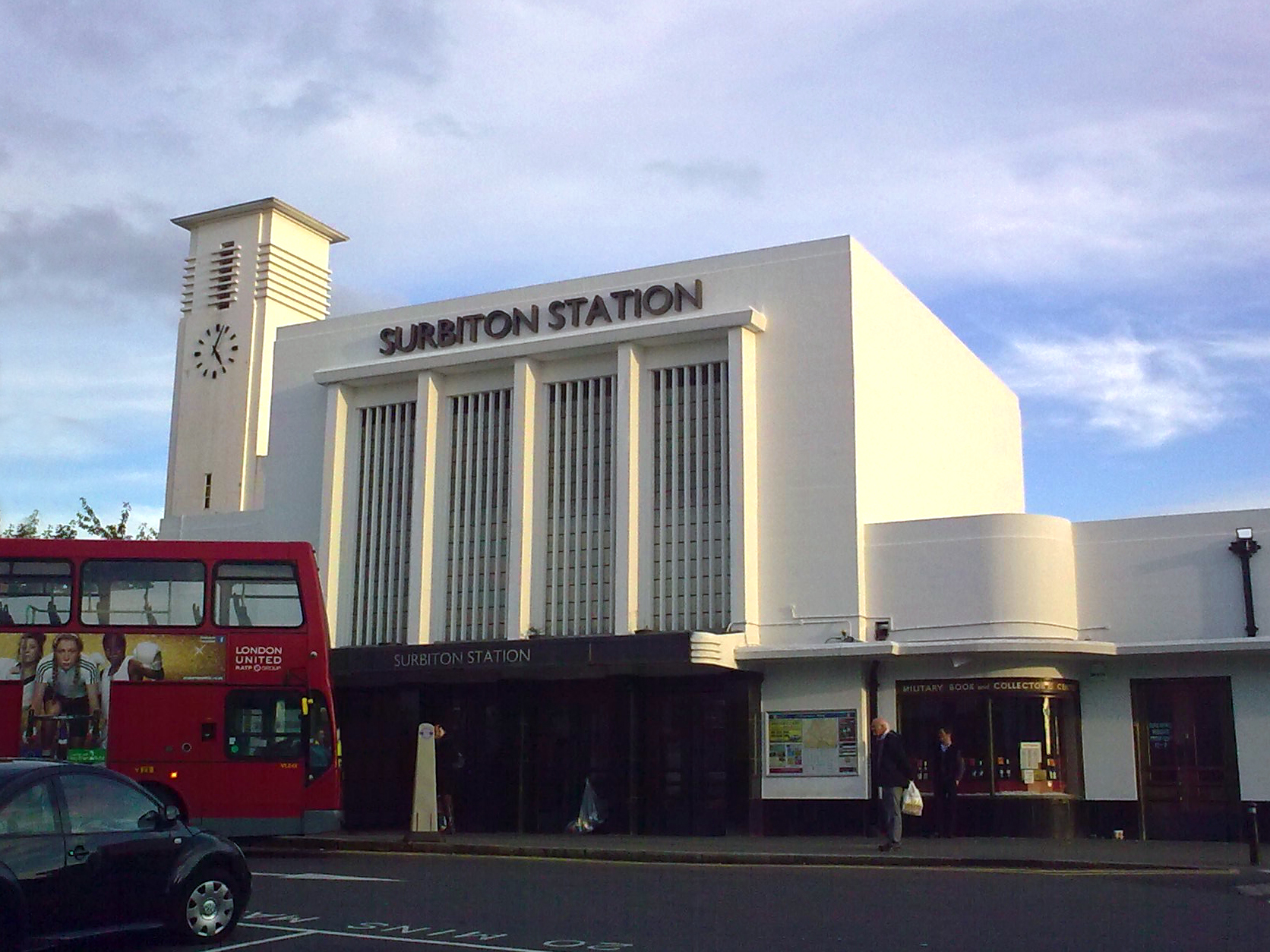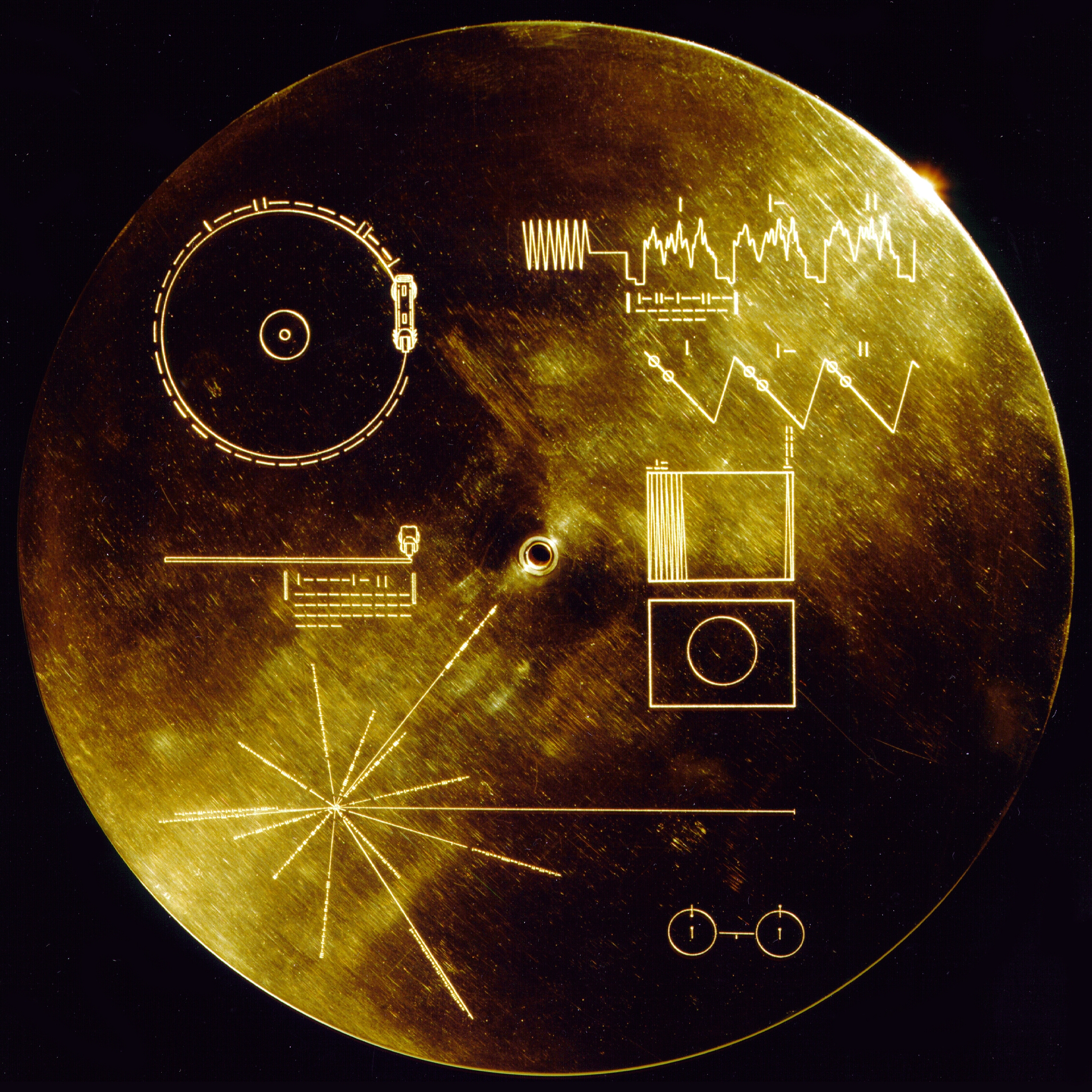|
Thurston Dart
Robert Thurston ("Bob") Dart (3 September 1921 – 6 March 1971), was an English musicologist, conductor and keyboard player. Along with Nigel Fortune, Oliver Neighbour and Stanley Sadie he was one of Britain's leading musicologists of the post-World War II generation. From 1964 until his death he was King Edward Professor of Music at the University of London, based at King's College London. Early life Dart was born on 3 September 1921 in Surbiton, then part of Surrey. His father, Henry Thurston Dart, married his mother, Elisabeth Martha (née Orf) in 1915. Dart attended Hampton Grammar School and he sang in the choir at Hampton Court. Dart studied keyboard instruments at the Royal College of Music in London from 1938 to 1939, and then studied mathematics at University College, Exeter, being awarded his degree in 1942. He served as a Junior Scientific Officer and then as a statistician and researcher for the RAF Strategic Bombing Planning Unit under Air Vice Marshall Basil E ... [...More Info...] [...Related Items...] OR: [Wikipedia] [Google] [Baidu] |
Surbiton
Surbiton is a suburban neighbourhood in South West London, within the Royal Borough of Kingston upon Thames (RBK). It is next to the River Thames, southwest of Charing Cross. Surbiton was in the historic county of Surrey and since 1965 it has been in Greater London. Surbiton comprises four of the RBK's wards: Alexandra, Berrylands, St. Mark's, and Surbiton Hill. Founded originally as Kingston-upon-Railway when the area was first developed in the 1840s, Surbiton possesses a mixture of grand 19th-century townhouses, Art Deco courts, and more recent residential blocks blending in with semi-detached 20th-century housing estates. With a population of 45,132 in 2016, it accounts for approximately 25% of the total population of the Royal Borough of Kingston upon Thames. Surbiton extends over an area of . Etymology Though Surbiton only received its current name in 1869, the name is attested as ''Suberton'' in 1179, ''Surbeton'' in 1263, ''Surpeton'' in 1486, and finally ''Surbiton'' ... [...More Info...] [...Related Items...] OR: [Wikipedia] [Google] [Baidu] |
University College, Exeter
, mottoeng = "We Follow the Light" , established = 1838 - St Luke's College1855 - Exeter School of Art1863 - Exeter School of Science 1955 - University of Exeter (received royal charter) , type = Public , endowment = £49.5 million , budget = £503.1 million , chancellor = Sir Michael Barber , vice_chancellor = Lisa Roberts , head_label = Visitor , head = Charles III '' ex officio'' , city = Exeter, DevonPenryn, Cornwall , country = England , coor = , administrative_staff = 2,647 , faculty = 3,145 (2020) , students = 23,613 (2018/19) , undergrad = 18,932 (2018/19) , postgrad = 4,681 (2018/19) , colours = Green and white , doctoral = , campus = Streatham – Penryn – St Luke's – , affiliations ... [...More Info...] [...Related Items...] OR: [Wikipedia] [Google] [Baidu] |
Clavichord
The clavichord is a stringed rectangular keyboard instrument that was used largely in the Late Middle Ages, through the Renaissance, Baroque and Classical eras. Historically, it was mostly used as a practice instrument and as an aid to composition, not being loud enough for larger performances. The clavichord produces sound by striking brass or iron strings with small metal blades called tangents. Vibrations are transmitted through the bridge(s) to the soundboard. Etymology The name is derived from the Latin word ''clavis'', meaning "key" (associated with more common ''clavus'', meaning "nail, rod, etc.") and ''chorda'' (from Greek χορδή) meaning "string, especially of a musical instrument". An analogous name is used in other European languages (It. ''clavicordio'', ''clavicordo''; Fr. ''clavicorde''; Germ. ''Klavichord''; Lat. ''clavicordium''; Port. ''clavicórdio''; Sp. ''clavicordio''). Many languages also have another name derived from Latin ''manus'', meaning "hand" ( ... [...More Info...] [...Related Items...] OR: [Wikipedia] [Google] [Baidu] |
Harpsichord
A harpsichord ( it, clavicembalo; french: clavecin; german: Cembalo; es, clavecín; pt, cravo; nl, klavecimbel; pl, klawesyn) is a musical instrument played by means of a keyboard. This activates a row of levers that turn a trigger mechanism that plucks one or more strings with a small plectrum made from quill or plastic. The strings are under tension on a soundboard, which is mounted in a wooden case; the soundboard amplifies the vibrations from the strings so that the listeners can hear it. Like a pipe organ, a harpsichord may have more than one keyboard manual, and even a pedal board. Harpsichords may also have stop buttons which add or remove additional octaves. Some harpsichords may have a buff stop, which brings a strip of buff leather or other material in contact with the strings, muting their sound to simulate the sound of a plucked lute. The term denotes the whole family of similar plucked-keyboard instruments, including the smaller virginals, muselar, and spinet. ... [...More Info...] [...Related Items...] OR: [Wikipedia] [Google] [Baidu] |
Basso Continuo
Basso continuo parts, almost universal in the Baroque era (1600–1750), provided the harmonic structure of the music by supplying a bassline and a chord progression. The phrase is often shortened to continuo, and the instrumentalists playing the continuo part are called the ''continuo group''. Forces The composition of the continuo group is often left to the discretion of the performers (or, for a large performance, the conductor), and practice varied enormously within the Baroque period. At least one instrument capable of playing chords must be included, such as a harpsichord, organ, lute, theorbo, guitar, regal, or harp. In addition, any number of instruments that play in the bass register may be included, such as cello, double bass, bass viol, or bassoon. In modern performances of chamber works, the most common combination is harpsichord and cello for instrumental works and secular vocal works, such as operas, and organ and cello for sacred music. A double bass may ... [...More Info...] [...Related Items...] OR: [Wikipedia] [Google] [Baidu] |
Early Music Consort Of London
The Early Music Consort of London was a British music ensemble in the late 1960s and 1970s which specialised in historically informed performance of Medieval and Renaissance music. It was founded in 1967 by music academics Christopher Hogwood and David Munrow and produced many highly influential recordings. The group disbanded in 1976 following Munrow's suicide. History The formation of the Early Music Consort of London in the late 1960s has been credited with popularising the genre of Early music in UK and being main instigator of the British Early music revival of the late 20th century. Munrow was inspired by the ''Alte Musik'' movement that had already gained popularity in Germany, and sought to foster an interest in music of the Medieval and Renaissance eras among British audiences. Munrow collaborated with Christopher Hogwood, with whom he had studied at Pembroke College, Cambridge University in setting up a new specialist music group, initially called the Early Music Consort ... [...More Info...] [...Related Items...] OR: [Wikipedia] [Google] [Baidu] |
Early Music
Early music generally comprises Medieval music (500–1400) and Renaissance music (1400–1600), but can also include Baroque music (1600–1750). Originating in Europe, early music is a broad musical era for the beginning of Western classical music. Terminology Interpretations of historical scope of "early music" vary. The original Academy of Ancient Music formed in 1726 defined "Ancient" music as works written by composers who lived before the end of the 16th century. Johannes Brahms and his contemporaries would have understood Early music to range from the High Renaissance and Baroque, while some scholars consider that Early music should include the music of ancient Greece or Rome before 500 AD (a period that is generally covered by the term Ancient music). Music critic Michael Kennedy excludes Baroque, defining Early music as "musical compositions from heearliest times up to and including music of heRenaissance period". Musicologist Thomas Forrest Kelly considers that the ... [...More Info...] [...Related Items...] OR: [Wikipedia] [Google] [Baidu] |
University Of Cambridge
, mottoeng = Literal: From here, light and sacred draughts. Non literal: From this place, we gain enlightenment and precious knowledge. , established = , other_name = The Chancellor, Masters and Scholars of the University of Cambridge , type = Public research university , endowment = £7.121 billion (including colleges) , budget = £2.308 billion (excluding colleges) , chancellor = The Lord Sainsbury of Turville , vice_chancellor = Anthony Freeling , students = 24,450 (2020) , undergrad = 12,850 (2020) , postgrad = 11,600 (2020) , city = Cambridge , country = England , campus_type = , sporting_affiliations = The Sporting Blue , colours = Cambridge Blue , website = , logo = University of Cambridge logo ... [...More Info...] [...Related Items...] OR: [Wikipedia] [Google] [Baidu] |
Cambridge University
, mottoeng = Literal: From here, light and sacred draughts. Non literal: From this place, we gain enlightenment and precious knowledge. , established = , other_name = The Chancellor, Masters and Scholars of the University of Cambridge , type = Public research university , endowment = £7.121 billion (including colleges) , budget = £2.308 billion (excluding colleges) , chancellor = The Lord Sainsbury of Turville , vice_chancellor = Anthony Freeling , students = 24,450 (2020) , undergrad = 12,850 (2020) , postgrad = 11,600 (2020) , city = Cambridge , country = England , campus_type = , sporting_affiliations = The Sporting Blue , colours = Cambridge Blue , website = , logo = University of Cambridge logo ... [...More Info...] [...Related Items...] OR: [Wikipedia] [Google] [Baidu] |
Neville Marriner
Sir Neville Marriner, (15 April 1924 – 2 October 2016) was an English violinist and "one of the world's greatest conductors". Gramophone lists Marriner as one of the 50 greatest conductors and another compilation ranks Marriner #14 of the 18 "Greatest and Most Famous Conductors of All Time". He founded the Academy of St Martin in the Fields, and his partnership with them is the most recorded of any orchestra and conductor. Early life Marriner was born in Lincoln, England, the son of Herbert Marriner, a carpenter, and his wife Ethel (née Roberts). He was educated at Lincoln School (then a grammar school), where he played in a jazz band with the composer Steve Race. He initially learned the violin as well as the piano from his father, and later studied the violin with Frederick Mountney. In 1939, he went to the Royal College of Music in London, getting the opportunity to play among the second violins of the London Symphony Orchestra, then conducted by Henry Wood, because ... [...More Info...] [...Related Items...] OR: [Wikipedia] [Google] [Baidu] |
Swanley
Swanley is a town and civil parish in the Sevenoaks District of Kent, England, southeast of central London, adjacent to the Greater London boundary and within the M25 motorway periphery. The population at the 2011 census was 16,226. History In 1066, Swanley only consisted of a few cattle farms, surrounded in oak, sycamore and ash (Fraxinus) woodland. Because Swanley only consisted of a few homesteads, it was not mentioned in the Domesday Book. There is a theory that the placename Swanley developed from the Saxon term 'Swine-ley', "Ley" meaning a clearing in the woods and "swine" meaning pigs. So it has been suggested that it was originally a Saxon pig farm or a stopping place for pigs on the way to the markets in Kent . This later developed into what we now know as Swanley. In the sixth and seventh centuries, there were probably two homesteads. After the Norman Conquest, these portions of land were turned into manors, which were then often divided among the monks at Ghent A ... [...More Info...] [...Related Items...] OR: [Wikipedia] [Google] [Baidu] |




_-_WGA08174.jpg)



